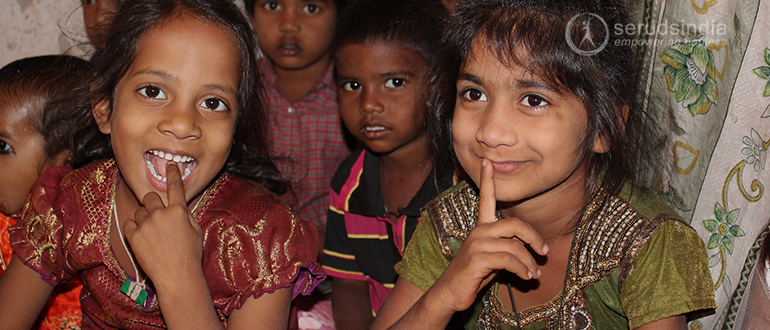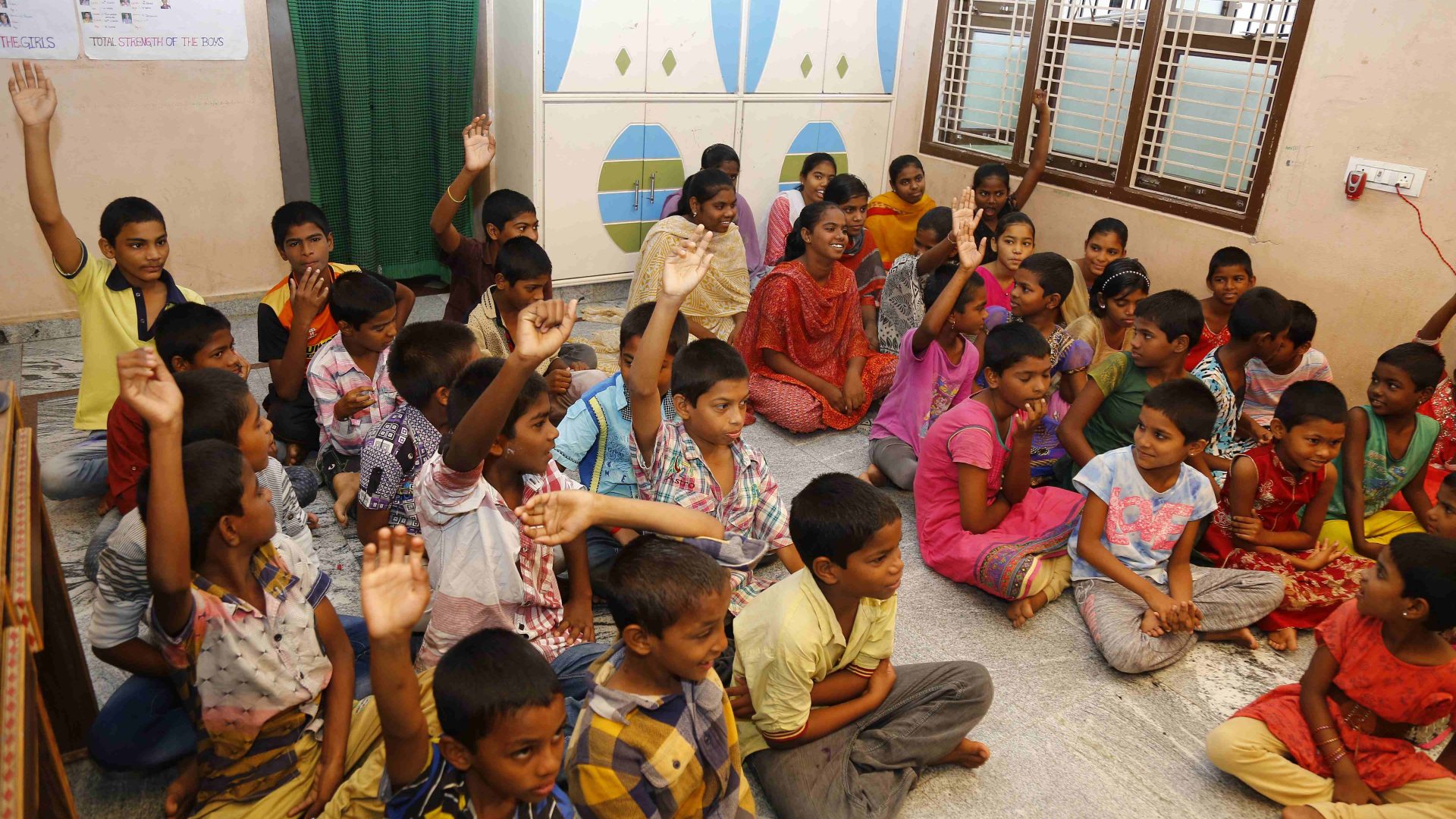There are many reasons to adopt a child : due to medical issues like infertility, the couple cannot have a biological child; the wife may be past child bearing age; the person may be single and wishes to have a child; they may have genetic defect which may get passed on to child; they may want to give an abandoned child or orphan a happy family and good future; and many more.
So if you are an Indian resident in the country, and have been considering adopting a child, this article is a good guide on the process, challenges and costs.
Prospective parents can either adopt under the Hindu Adoptions and Maintenance Act (HAMA), 1956, or through the Central Adoption Resource Authority (CARA), a national body under the Ministry of Women and Child Development.
Why are so Few Children Adopted in India
Central Adoption Resource Authority (CARA) (Founded: 28 June 1990) is a statutory body of Ministry of Women & Child Development, Government of India. It functions as the nodal body for adoption of Indian children and monitors and regulates in-country and inter-country adoptions.
Every year around 3400 children are adopted with India and over 600 adopted by parents outside India. The number of registered prospective parents is between 20,000 and they usually have to wait for at least two years before they are matched with a child.
This is despite the fact that India has 29.6 million orphaned and abandoned children according to UNICEF. In 2017, of these 30 million children (which is likely to be an underestimate), there were only 470,000 children in institutionalized care. And of these roughly half a million children, only a fraction finds its way into family care because adoption rates in India are abysmally low.
These are disgraceful figures for a population as large as India’s. There are approximately only 20,000 parents in line waiting to adopt, compared to the 27.5 million couples who are actively trying to conceive but are experiencing infertility, according to the Indian Society of Assisted Reproduction.
First reason is that there are not enough children available for adoption because the ratio of abandoned children to children in institutionalized care is very high.
There are 5,850 registered CCIs in India. If we include unregistered ones, there are more than 8,000 such functioning institutions, and as per regulations, only registered CCIs can be linked to adoption agencies. Even the registered CCIs may find it difficult to maintain standard of care required by CARA and bear cost of background check to assess suitability of adoption.
The second part of the problem is the bias of parents in India. Most Indians want their genes in the child and continue the lineage. There is an increasingly rising number of infertile couples, but for most of them adoption is the last choice.
Thirdly, Only 50% of kids in the pool are below 4 years, which is the age group most parents prefer. Most Indian parents also want a child between zero- and two-years-old, because they believe the parent-child bond is created during infancy. They do not to take care of children with special needs, and most such children are adopted by foreign couples. Prospective parents are thus left with a fraction of children in the pool.

What is Procedure to Adopt a Child Within India
Central Adoption Resource Authority or CARA is the central government’s nodal agency for adoptions within India and inter-country. In 2015, the Union ministry of women and child development made several comprehensive changes to the adoption system, including digitization and centralization. The new digital system (Child Adoption Resource Information and Guidance System, or CARINGS), makes adoptions faster and more transparent by giving prospective adoptive parents access to a centralized list of children.
- The prospective adoptive parents should apply to Specialised Adoption Agencies through CARINGS by filling up the online application form. They will opt for desired States by giving option for those particular States at the time of registration.
- They select a Specialised Adoption Agency (SAA) nearest to their residence for Home Study Report during which SAA will counsel the prospective adoptive.
- The PAPs shall be declared eligible and suitable by the Specialized Adoption Agency based upon the Home Study Report and supporting documents.
- On the basis of seniority, the prospective adoptive parents shall be referred online profile of 3 children which will include the photographs, Child Study Report and Medical Examination Report, in their preference category
- After viewing the profile of the children, the prospective adoptive parents may reserve a child within a period of forty-eight hours for possible adoption
- SAA will fix an appointment with the prospective adoptive parents for matching, to assess the suitability of the prospective adoptive parents by an Adoption Committee and shall also organize a meeting of the prospective adoptive parents with the child.
- If all goes well, the child will be taken in pre-adoption foster care by the prospective adoptive parents within ten days from the date of matching.
- The SAA then files an application in the court of jurisdiction within ten working days from the date of matching of the child with the prospective adoptive parents
The court is supposed to conclude the case within a period of two months from the date of filing of the adoption application. - The Specialised Adoption Agency which has prepared the Home Study Report, shall prepare the post-adoption follow-up report on six monthly basis for two years from the date of pre-adoption foster placement.
The waiting time
The waiting time varies widely on the availability of a child matching your criteria. The wait time will be
less if you reserve a child from the Immediate Placement or Special Needs category.
The immediate placement category was introduced in 2016 by CARA. This category allows PAPs to opt for a child without a long wait, and without compromising their seniority in the registration.
The immediate placement children are those who are ‘harder to place’, older kids and kids with special needs.
While this caused a jump in the adoption of kids from the immediate placement list, it has been noticed that many were resulting in failures or ‘disruptions’ due to non-adjustment of the child with the with the adoptive family after placement
How much does it cost to adopt a child
Under the Adoption Regulations 2017, The SAA will charge
i. Fee of Rs.6000 for the Home Study Report
ii. Child care corpus fees of Rs.40,000..
iii. For each post-adoption follow-up visit Rs.2000 will be charged. Total of 4 visits are required over 2 years.
Adoption under Hindu Adoptions and Maintenance Act (HAMA) and its Risks
Faced with the long wait times and constraints under the JJ Act, parents (with or without agencies) are resorting to private adoptions facilitated by HAMA. HAMA seemingly meets all their expectations, legally, but sadly exposes them to larger risks. Only Hindus (including Jains, Buddhists and Sikhs) could legally adopt a child under HAMA.
Merely the act of giving and receiving the child constitutes a legal adoption. All that required to legalize adoption is to record the act before a magistrate
A court order is required because adoption under HAMA itself does not protect the rights of the child. The rights have to be secured by way of a separate court order.
There are several risks by adopting under HAMA
The antecedents of the child and the mother are not known. There is no medical history or bona fides of the relationship between the child and the mother. The child could have been actually be trafficked into adoption/ The child may have serious medical issues, unknown to the birth mother or adoptive family.
Parents adopting are not counseled. The transition of a child in the family goes unmonitored. There is no support system, should the child need help.
Private adoption of any orphaned, abandoned or surrendered children is illegal as per JJ Act – even if it be presented as legal by the touts. As a result, if the child requires to travel abroad, CARA will not issue an NOC, as such NOC is issued only to children adopted through CARA, under the JJ Act
Conclusion
People, whether married couples or single persons, looking to adopt should carefully understand the process, options, challenges in helping integrate the adopted kid into new family and adjustment issues. But with proper guidance by support groups, other adoptive parents and adoption agency, the outcome should be a success.
There are many people who were adopted and went on to become famous, like Steve Jobs, Rajesh Khanna (the film star), Marilyn Monroe, Arpita, (Salman Khan’s little sister), Bill Clinton, the 42nd President of the United States, and Nelson Mandela.
Even as you are looking at adopting a child, you may also sponsor a child in orphanage, or sponsor education of a child.
About Author
This guest post was contributed by Anand Rao, the Chief consultant of Ananya SEO Services. He loves to write short stories, essays on life, and digital marketing



